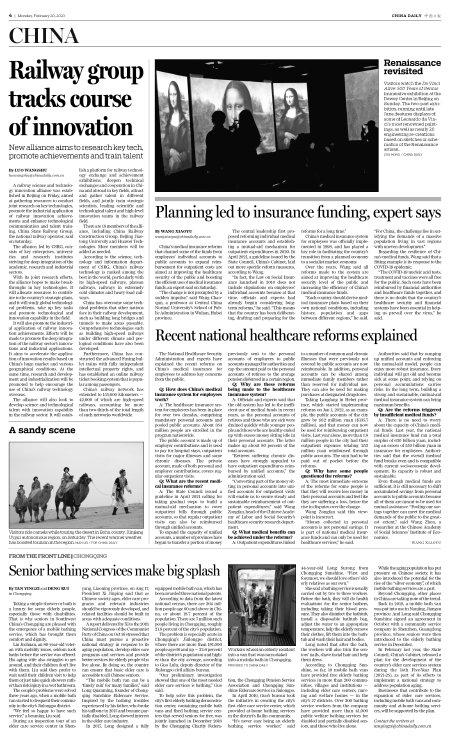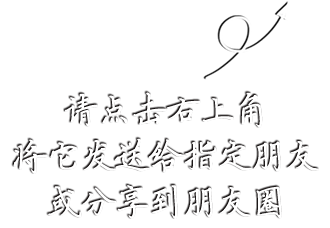The National Healthcare Security Administration and experts have explained the recent reforms on China's medical insurance for employees to address key concerns from the public.
Q: How does China's medical insurance system for employees work?
A: The healthcare insurance system for employees has been in place for over two decades, comprising mandatory personal accounts and pooled public accounts. About 354 million people are enrolled in the program nationwide.
The public account is made up of employer contributions and is used to pay for hospital stays, outpatient visits for major illnesses and some chronic diseases. The private account, made of both personal and employer contributions, covers regular outpatient visits.
Q: What are the recent medical insurance reforms?
A: The State Council issued a guideline in April 2021 calling for taking gradual steps to build a mutual-aid mechanism to cover outpatient bills through public accounts, so that regular outpatient visits can also be reimbursed through unified accounts.
To expand the capacity of unified accounts, a number of provinces have begun to transfer a portion of money previously sent to the personal accounts of employees to public accounts managed by authorities and cap the amount paid to the personal accounts of retirees to the average pension disbursed in a certain region.
Q: Why are these reforms being made to the healthcare insurance system?
A: Officials and experts said that the old system has led to the inefficient use of medical funds in recent years, as the personal accounts of retirees and those who are sick were drained quickly while younger people and those who are healthy ended up with excess money sitting idle in their personal accounts. The latter makes up about 80 percent of the total accounts.
"Retirees suffering chronic diseases have strongly appealed to have outpatient expenditures reimbursed by unified accounts," the administration said.
"Converting part of the money sitting in personal accounts into unified accounts for outpatient visits will enable us to secure steady and sustainable reimbursement of outpatient expenditures," said Wang Zongfan, head of the Chinese Academy of Labor and Social Security's healthcare security research department.
Q: What medical benefits can be achieved under the reforms?
A: Outpatient expenditures linked to a number of common and chronic illnesses that were previously not covered by public accounts are now reimbursable. In addition, personal accounts can be shared among immediate family members rather than reserved for individual use. They can also be used for making purchases at designated drugstores.
Taking Langfang in Hebei province, which started implementing reforms on Jan 1, 2022, as an example, the public accounts of the city grew by 932 million yuan ($135.7 million), and that money can now be used for reimbursing outpatient visits. Last year alone, more than 1.8 million people in the city had their outpatient expenses totaling 253 million yuan reimbursed through public accounts. The sum had to be paid out of pocket before the reforms.
Q: Why have some people questioned the reforms?
A: The most immediate outcome of the reforms for some people is that they will receive less money in their personal accounts and feel like they are suffering a loss, hence the rise in disputes over the change.
Wang Zongfan said this viewpoint is incorrect.
"Money collected in personal accounts is not personal savings. It is part of national medical insurance funds and can only be used for healthcare services," he said.
Authorities said that by ramping up unified accounts and enforcing the mutual-aid model, people can enjoy more robust insurance. Every individual will get old and become sick at some point, and relying on personal accumulations carries risks. In the long term, building a strong and sustainable, mutual-aid medical insurance system can bring maximum benefits.
Q: Are the reforms triggered by insufficient medical funds?
A: There is no need to worry about the capacity of China's medical funds. Last year, the national medical insurance fund ran a total surplus of 630 billion yuan, including an excess of 550 billion yuan in insurance for employees. Authorities said that the overall medical fund breaks even and is compatible with current socioeconomic development. Its capacity is robust and sustainable.
Even though medical funds are sufficient, it is still necessary to shift accumulated savings from personal accounts to public accounts because all of them are meant to be used for mutual assistance. "Pooling our savings together can meet the medical demands of the public to the greatest extent," said Wang Zhen, a researcher at the Chinese Academy of Social Sciences' Institute of Economics.

